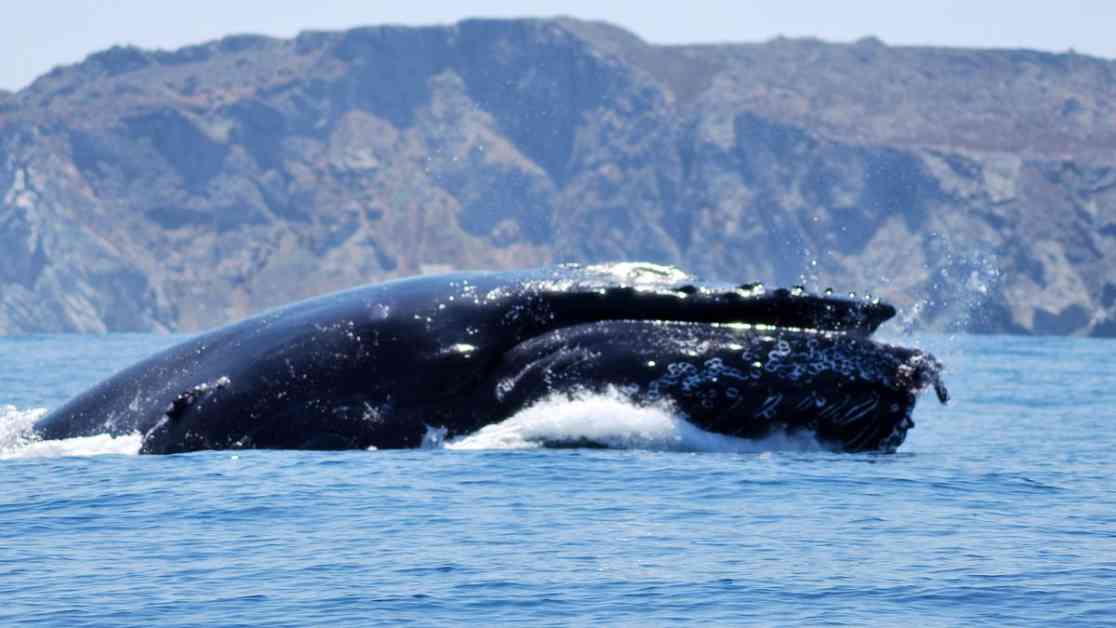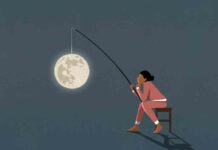A kayaker was swallowed by a humpback whale off the coast of South America in a shocking incident caught on video. The viral footage showed the whale bursting out of the water, enveloping the kayaker, Adrián Simancas, and his kayak before quickly releasing him. The heart-stopping event took place in the Strait of Magellan in Chile, where Simancas and his father were kayaking when the whale made its unexpected appearance on a Saturday in February.
Simancas recounted his terrifying experience to The Associated Press (AP), expressing his initial fear when he found himself inside the whale’s mouth. “I thought I was dead,” he recalled. The whale, known for its feeding habits of small fish and crustaceans, seemed to have mistaken the kayaker for prey during the incident. However, the whale promptly expelled Simancas back to the surface, leaving him unharmed but shaken.
The dramatic encounter was captured on video by Simancas’ father, Dell, who witnessed the entire episode unfold. The footage showed the humpback whale submerging back into the ocean after releasing Simancas, allowing the kayaker to swim to safety. The father-son duo returned to shore without any injuries, as reported by AP.
### Expert Insights on Humpback Behavior
#### Accidental Encounters with Humans
Erich Hoyt, a research fellow at Whale and Dolphin Conservation in the U.K., provided expert analysis of the incident. According to Hoyt, the humpback whale likely engulfed the kayaker accidentally, mistaking him for its usual prey. The feeding mechanism of humpback whales involves filtering small animals through baleen plates, making human consumption highly unlikely.
Hoyt emphasized that the kayaker’s survival was the result of the whale’s swift release, suggesting that the incident was a case of mistaken identity. Similar occurrences have been documented, with whales unintentionally swallowing humans or other creatures in proximity to their feeding grounds. Despite these incidents, humpback whales are not known to consume humans due to their diet preferences and feeding techniques.
#### Humpback Whale Behavior
While humpback whales are not a threat to humans in terms of predatory behavior, they have been known to inadvertently harm individuals when feeling threatened. Instances of humpback whales injuring humans have been reported, often as a result of protective instincts or territorial disputes. In contrast, the species is recognized for its altruistic acts, such as protecting other animals from predators like killer whales.
Simancas’ encounter with the humpback whale occurred shortly after discussing killer whales with his father, reflecting the diverse marine life present in the region. Despite initial confusion over the whale’s species, the incident highlighted the rarity of aggressive behavior among marine mammals towards humans. Hoyt underscored the negligible risk posed by wild killer whales, emphasizing their minimal interactions with humans in the wild.
In conclusion, while humpback whales may pose accidental risks to humans in close proximity, their natural feeding habits and behavior patterns suggest minimal threat to human safety. The unique encounter between the kayaker and the humpback whale served as a reminder of the delicate balance between marine life and human interactions in shared ecosystems.










